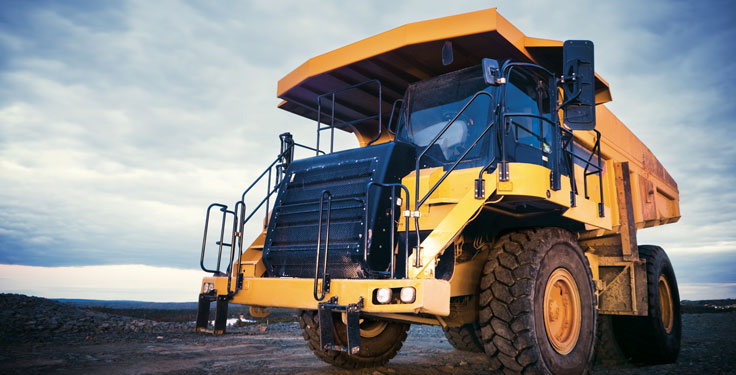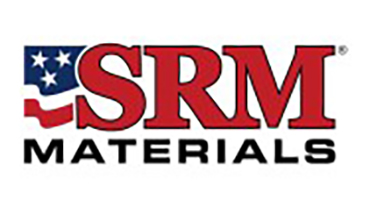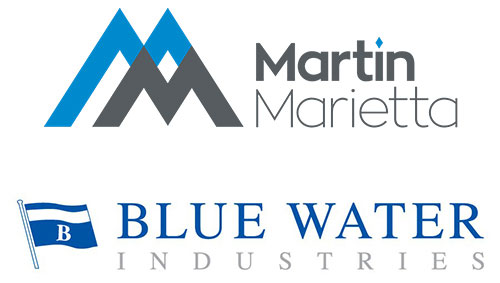Also, it’s ideal to look at equipment that is run in the same application repeatedly, hour after hour. Some of the smaller-size equipment is involved in a lot of tasks. So, you’re looking at vehicles that are longer operation in nature and doing repetitive things. This includes mainly trucks, dozers, excavators and rollers.
P&Q: We very much talk about trucks when it comes to autonomy. You’re saying dozers, excavators and rollers have similar potential?
Halder: We actually made a dozer autonomous last year. Eventually, we will also go after an excavator or a loader.
P&Q: Why is the haul truck the first piece of equipment producers and technology companies are targeting? Also, compared to haulers, how much more dynamic is the environment around dozers, excavators and rollers?
Halder: A haul truck is the easiest from the technology point of view. Haul trucks are also a good indicator of how an operation is doing. The more haul trucks are moving, the smoother the operation is running.
They also do a very repetitive thing. They’re doing the same work again and again. There’s no variability.
Also, the truck driver only drives the truck. The excavator operator does a lot more than excavating. If you look at their salary grade, the truck driver makes the least and the excavator operator makes the most. The excavator operator is actually a senior person who not only does the digging, but that guy comes out of the machine and manages the whole beat of the operation.
P&Q: How far behind are we in making some tangible gains on these other equipment areas we’re talking about?
Halder: Let me give you our ‘bottom up’: We just kickstarted a project. Our goal is that the truck should give 20 percent more productivity than a human-operated truck. We’ll first try to hit 100 percent, and then we’ll aim for 120 percent. That’s our goal, and that’s what the industry is demanding. Once we nail that truck down, then we’ll utilize that knowledge and propagate it to other equipment.
P&Q: We see companies like CRH and Luck Stone announcing their involvement in autonomy. Where are the industry’s other large producers right now when it comes to this technology?
Halder: The interest is massive. Everybody is interested, but not everybody is jumping to talk about it because this is a heavy technology. It’s not a quick-to-integrate technology. They want to be careful.
We also want to be careful, because if you deploy this technology and it doesn’t work out, that’s going to backfire the whole industry. We don’t mind actually being slow.
We’ve talked to seven or eight of the bigger producers in aggregates, and they are all very interested. We are extremely excited about the work we are doing with CRH. As we deliver, the whole industry is going to watch. If we can deliver positively, you’ll see almost a domino effect. But we also want to make sure we do it right.
Related: Which truck size is best for autonomous hauling?












